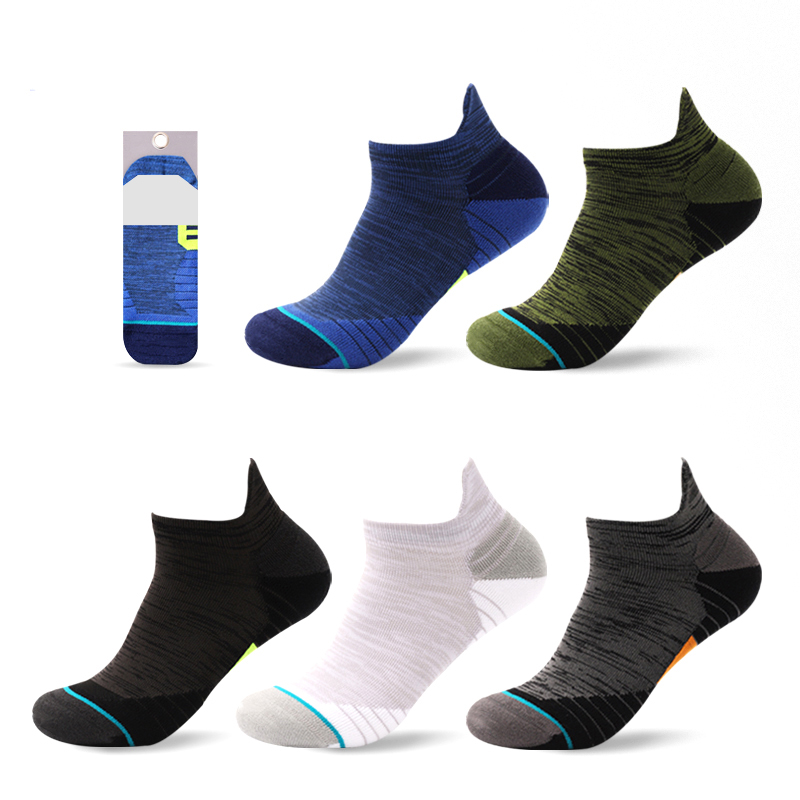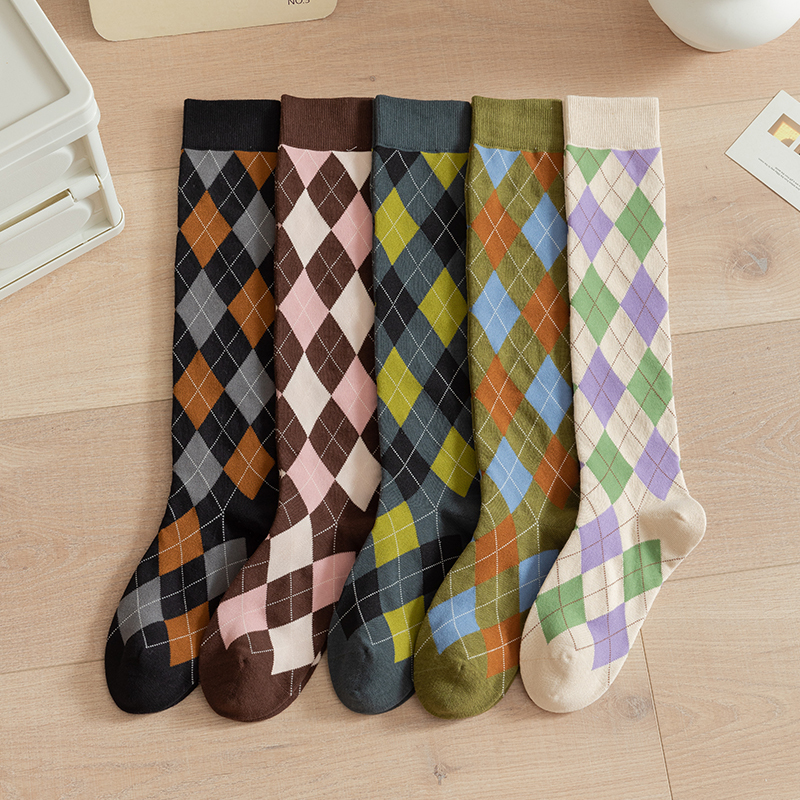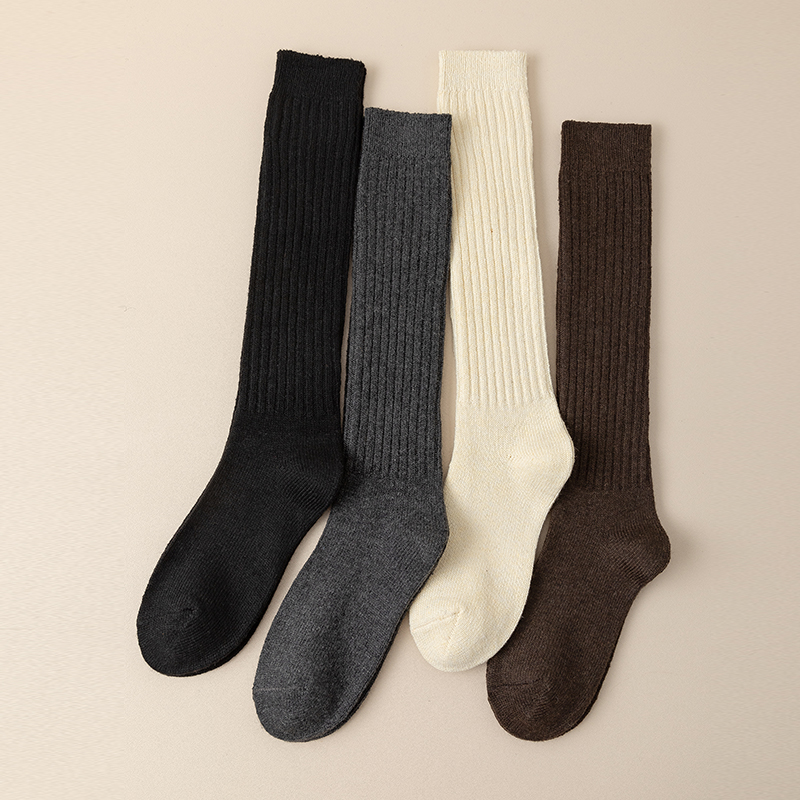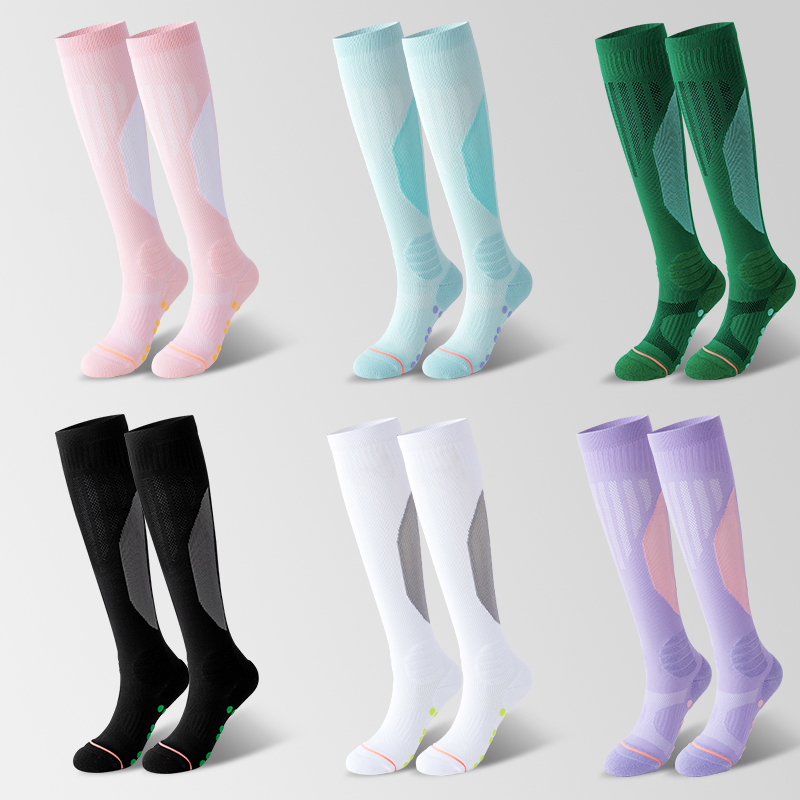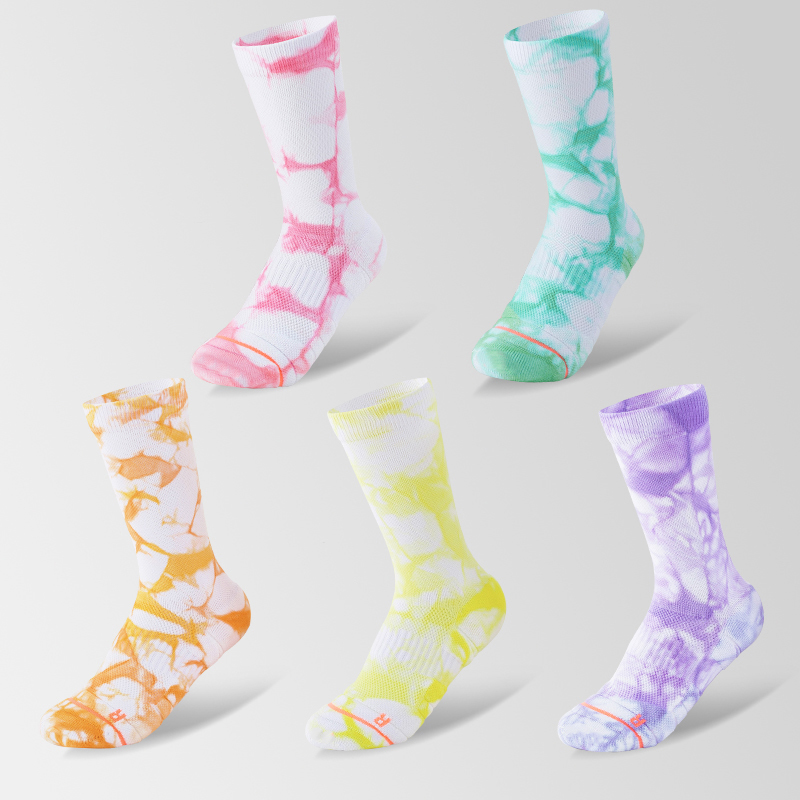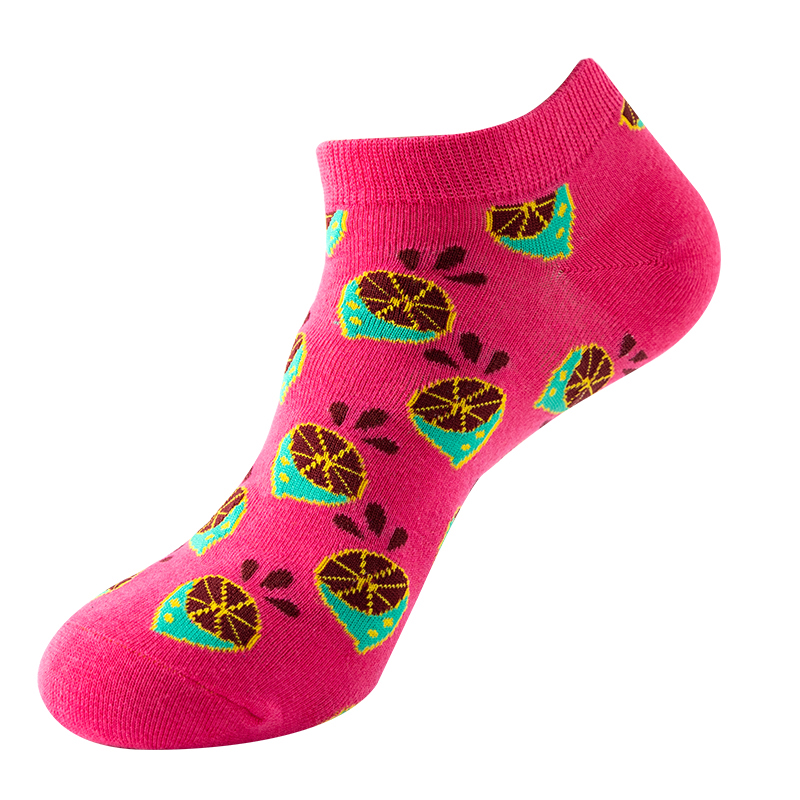Due to their close-fitting nature and the indoor environment in which they are worn, floor socks are highly susceptible to bacterial and fungal growth, resulting in odor and skin problems. Therefore, functionalizing with antimicrobial finishes is a key approach to enhancing product value and consumer experience.
1. Silicone Quaternary Ammonium Salts (Si-QACs)
Silicone quaternary ammonium salt compounds, such as 3-(trimethoxysilyl)propyldimethyloctadecyl ammonium chloride (AEM 5700), are among the most widely used non-leaching antimicrobial agents in the textile industry.
Mechanism of Action
Si-QACs work through physical puncture and charge destruction.
Covalent Bonding: The finish forms covalent bonds with the surface of fibers such as cellulose and protein through silane groups, anchoring them to the fiber and forming a durable antimicrobial protective layer.
"Spear" Effect: The long-chain alkyl groups (such as the octadecyl group) at the quaternary ammonium salt's cationic end resemble countless tiny "spears." When bacteria or fungi come into contact with the treated fiber surface, the negative charges on the cell membrane are strongly attracted to the positive charges on the quaternary ammonium salt.
Membrane rupture and death: This strong adsorption disrupts the integrity of the cell membrane, allowing the cell contents to leak, ultimately rendering the microorganism inactive and causing its death. Because this mechanism is physical, it is difficult for bacteria to develop targeted resistance through genetic mutation.
Professional Advantages
High durability: Thanks to their covalent bonding to the fiber, Si-QACs exhibit excellent wash resistance, withstanding frequent home washing and maintaining their antimicrobial efficacy for extended periods.
High safety: The finish does not leach from the fiber, making it safe for contact with human skin.
II. Metal Ion Finish: Silver Ion (Ag+)
Silver ion is one of the oldest and most effective inorganic antimicrobial agents, widely used in high-end functional floor socks.
Mechanism of Action
The antimicrobial mechanism of silver ion is a multi-target, broad-spectrum chemical reaction and cytotoxicity.
Active Release: The finishing agent is typically immobilized within or on the fiber surface in the form of nanosilver or zeolite-supported silver. In a humid environment, the silver atoms slowly release highly active Ag+ ions.
Enzyme Inactivation: Ag+ ions have a strong affinity for sulfur-containing groups on bacterial cell membranes (such as the sulfhydryl groups (SH) on proteins). They bind to key enzymes involved in respiratory metabolism and transport, rapidly inactivating them and blocking energy production.
DNA/RNA Interference: Silver ions can also enter bacterial cell nuclei, bind to DNA and RNA, and interfere with the replication and expression of genetic material, completely inhibiting bacterial reproduction.
Professional Advantages
Broad-Spectrum and High-Efficiency: It exhibits excellent inhibitory effects against common pathogens, odor-causing bacteria, and fungi.
Thermal Stability: As an inorganic material, silver exhibits excellent thermal stability, making it suitable for various fiber processing and high-temperature ironing.
Odor Control: Ag+ effectively inhibits the growth of microorganisms such as Staphylococcus aureus, which causes foot odor, directly addressing the odor control issue for floor socks.
III. Natural and Bio-Based Finishes: Chitin and Its Derivatives
To meet the growing demand for environmental protection and natural properties, antimicrobial agents derived from natural materials are also being used in floor socks. Chitin and its deacetylated derivative, chitosan, are important representatives.
Mechanism of Action
Chitosan is the second largest polymer in nature after cellulose, and its antimicrobial mechanism is primarily based on cationic polymerization.
Polymer Barrier: Chitosan molecular chains contain numerous amino groups (-NH2), which carry a positive charge under weakly acidic conditions, making it a cationic polymer.
Electrostatic Adsorption: This cationic property allows it to strongly adhere to negatively charged bacterial cell membranes.
Membrane Permeation and Chelation: After adsorption, chitosan polymer chains can penetrate cell membranes, altering their permeability. Furthermore, chitosan possesses a chelating effect, adsorbing trace metal elements essential for bacterial survival, disrupting their normal physiological functions and inhibiting their growth.
Professional Advantages
Biocompatibility: Chitosan is highly biodegradable and biocompatible, with no toxic side effects on the human body, making it a green and environmentally friendly antibacterial option.
Functional Diversity: Chitosan itself has certain moisturizing and healing properties for the skin, giving floor socks additional skincare benefits.
IV. Zinc Pyrithione (ZPT) and Triclosan (TCS)
Although triclosan (TCS) has been restricted or banned in many countries and products due to environmental and safety concerns, it remains a historically important textile antimicrobial agent. Zinc pyrithione (ZPT) is primarily used for antifungal and antidandruff applications and is sometimes also applied to textiles.
Mechanism of Action
These compounds typically function as leachable finishes.
ZPT: It works by interfering with the cell membrane transport system and energy metabolism of fungi (such as the ringworm that causes athlete's foot), providing excellent fungal inhibition, particularly against molds and yeasts that may attach to floor socks.
TCS: Its mechanism of action is to inhibit enoyl reductase, a key enzyme in bacterial fatty acid synthesis, thereby preventing bacterial cell membrane construction.
Limitations
Low durability: This type of finish is easily leached from fibers and generally exhibits poor wash resistance.
Environmental risks: TCS, in particular, is a concern due to its environmental residues and potential impact on aquatic ecosystems, making it a factor that must be strictly avoided in professional production. The use of ZPT is also subject to strict environmental regulations, generally requiring compliance with regulations such as the EU BPR.

 English
English
 Español
Español

